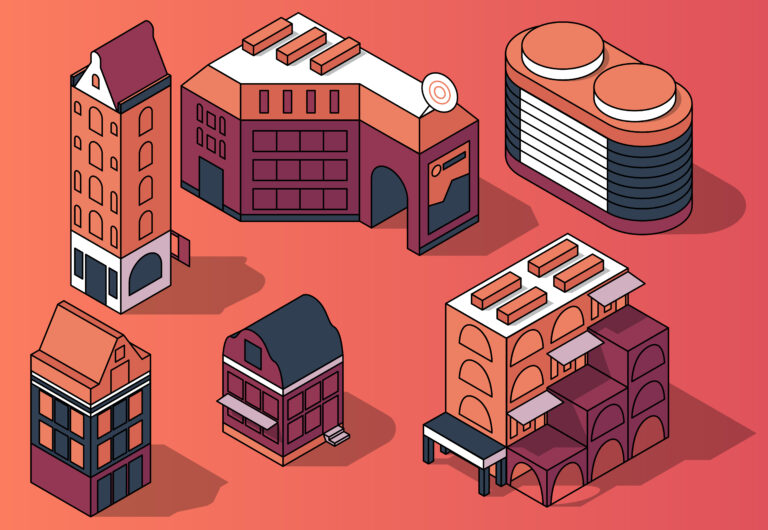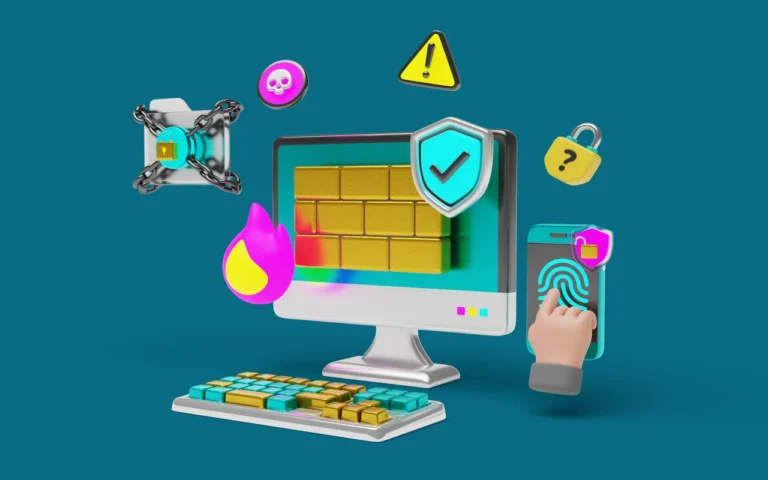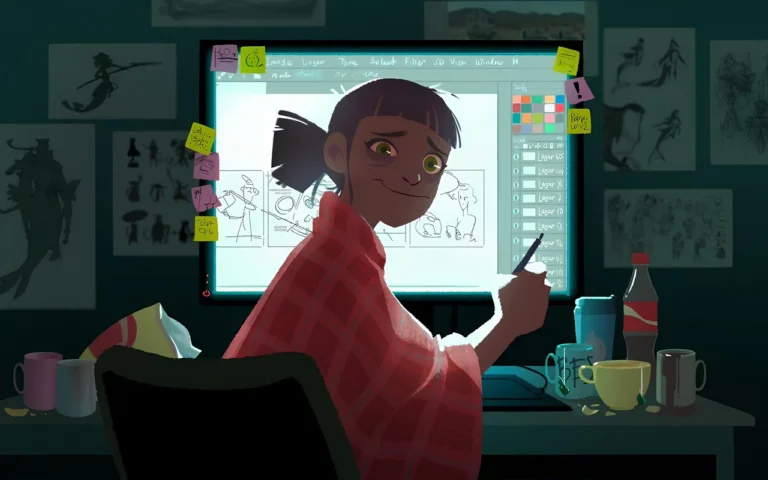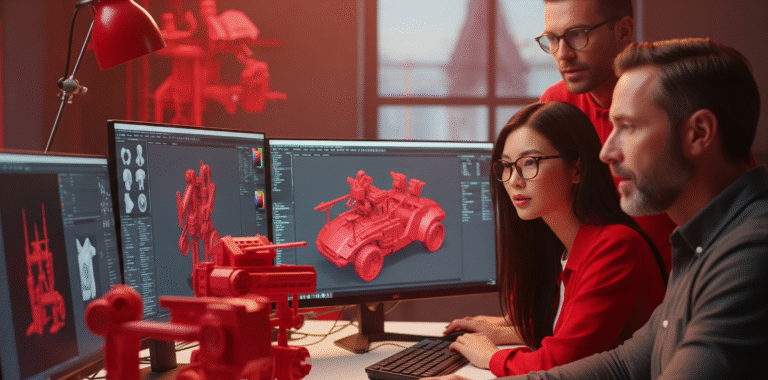Choosing between high poly and low poly isn’t about which one is “better”; it’s about what you’re making! Yes, use those 100,000+ polygons to give your work a very realistic look if you’re making amazing marketing graphics or great cinematics.
But, low poly is your best friend if you’re making games, mobile apps, or anything else that needs to work well in real time. Anything between 300 and 10,000 polygons won’t crash anyone’s computer.
At the end of the day, your budget and schedule are also important. While high poly stuff takes 4–8 weeks per asset, low poly stuff can be done in just 1–2 weeks.
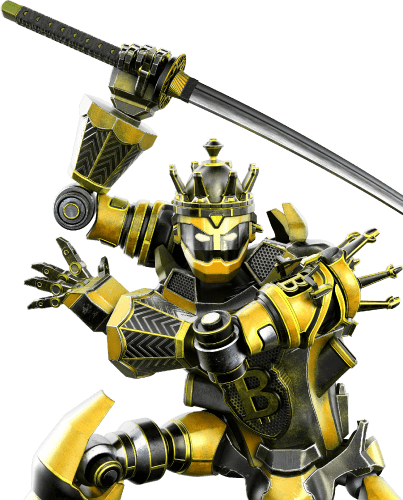
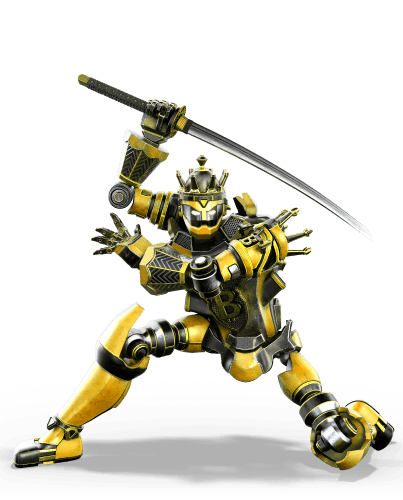
Need Game Art Services?
Visit our Game Art Service page to see how we can help bring your ideas to life!
What are High Poly and Low Poly Models?
High poly models are just 3-D objects that are packed with polygons; thousands or perhaps millions of tiny geometric forms that cooperate. This is a key distinction when comparing 3D modeling vs. 3D sculpting, as sculpting often involves even higher polygon counts for fine detail. All of their small features, smooth curves, and lifelike textures make them look great and are used for 3D modeling services.
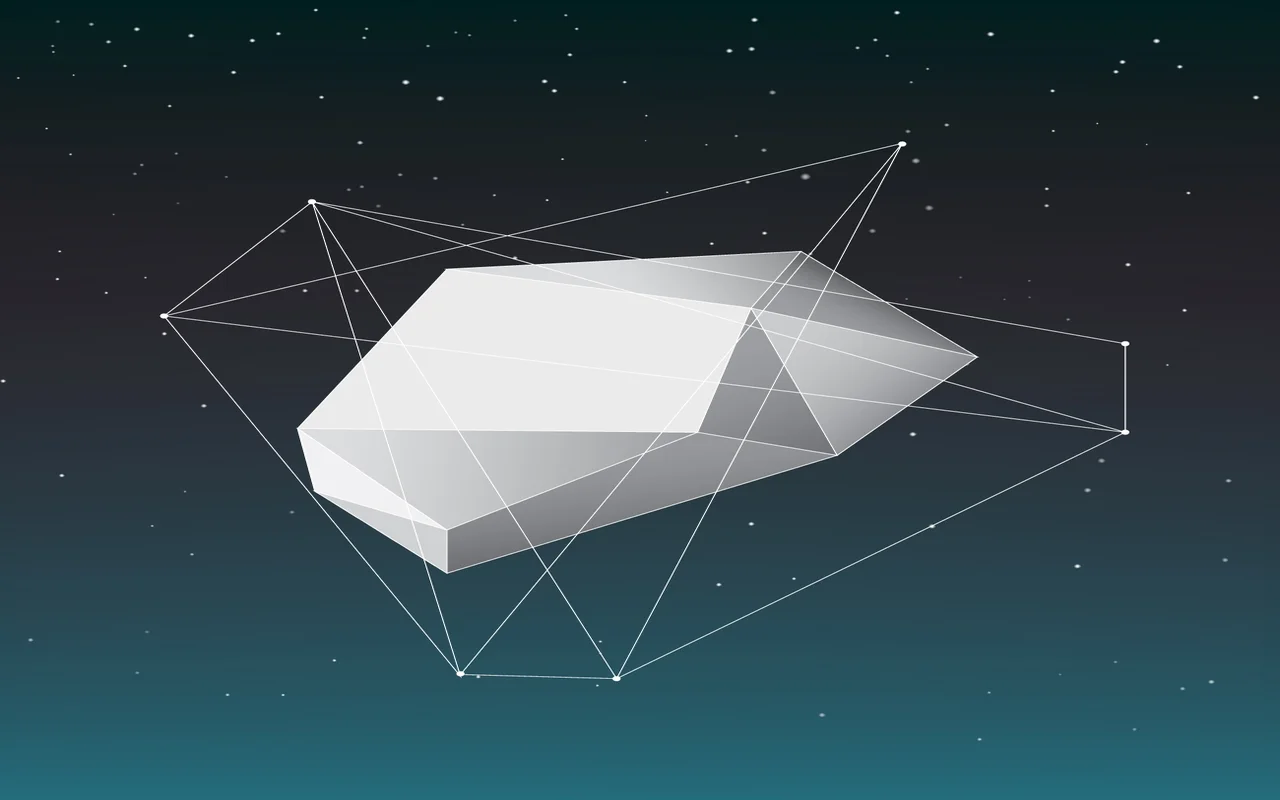
Movies, high-end architectural presentations, and those stunning product photos used for advertising all use high-poly models. However, what’s the catch? They use up all the resources! It will slow down your computer to try to display them, and starting from scratch can take a long time.
Low Poly models, on the other hand, are very simple and have very few polygons; maybe a few hundred or a few thousand at most. In fact, they’re not very flashy, but they get the job done without using up all your resources. This makes them perfect for low-poly game art, where performance and speed matter.
If designers are smart, they can make low-poly models look surprisingly good even though they have fewer polygons. They can do this by using clever lighting and texturing tricks.
Read More: High-Poly to Low-Poly Workflow in Game Art
14 Key Differences Between High Poly and Low Poly Models
As far as 3D design is concerned, high-poly and low-poly models are completely different. Each serves its own purpose within the broader 3D modeling process, depending on the project’s goals, platform, and performance needs.
| Feature | High Poly | Low Poly | Best For |
| Polygon Count | 100,000+ polygons – ❌ Heavy | 300-10,000 polygons – ✅ Light | High: Detailed renders – Low: Real-time apps |
| Visual Detail | ✅ Ultra-realistic – ❌ Resource hungry | ✅ Stylized look – ✅ Great performance | High: Films, marketing – Low: Games, VR/AR |
| Rendering Time | ❌ Hours/days – ❌ Needs render farms | ✅ Minutes/real-time – ✅ Instant feedback | High: Pre-rendered – Low: Interactive |
| File Size | ❌ 50MB-5GB+ – ❌ Storage heavy | ✅ 100KB-10MB – ✅ Easy transfers | High: Offline projects – Low: Web, mobile |
| Ease of Editing | ❌ Complex – ❌ Slow response | ✅ Simple – ✅ Fast changes | High: Final products – Low: Quick iterations |
| Texturing | ❌ Multiple maps – ❌ Complex process | ✅ Baked textures – ✅ Simpler workflow | High: Photorealism – Low: Stylized looks |
| Hardware Needs | ❌ Pro GPUs – ❌ 32GB+ RAM | ✅ Mid-range – ✅ 8-16GB RAM | High: Pro studios – Low: Indie, beginners |
| Development Time | ❌ 4-8 weeks/asset – ❌ Slow | ✅ 1-2 weeks/asset – ✅ Fast | High: Big budgets – Low: Tight deadlines |
| Production Cost | ❌ $$ – ❌ Specialized talent | ✅ $ – ✅ More accessible | High: AAA studios – Low: Indie developers |
| Applications | Films – Marketing – Architecture | Games – VR/AR – Mobile – Web | Choose based on your specific needs! |
1. Polygon Count
When we talk about high poly models, we’re talking about models with thousands or even millions of polygons! As an example:
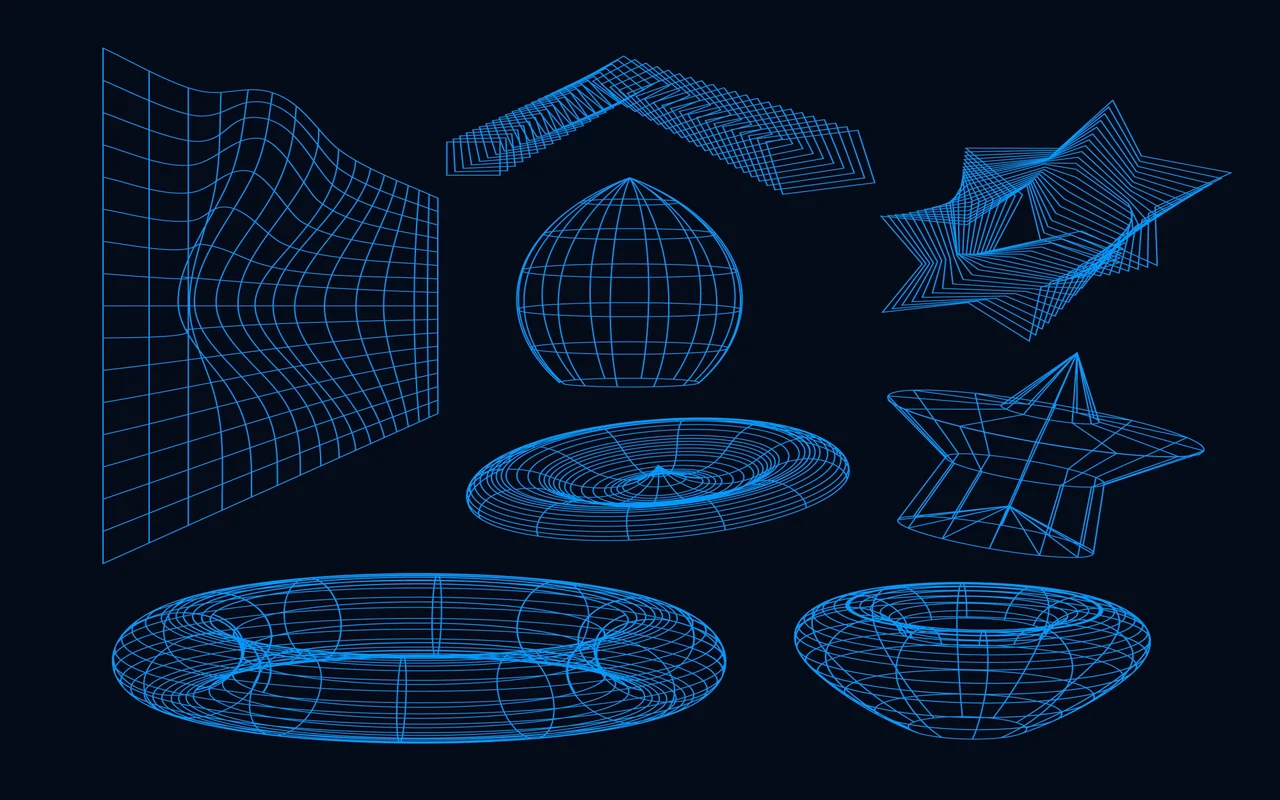
- A detailed human face: 50,000-100,000 polygons
- A realistic car model: 1-2 million polygons
- A movie-quality character: 5+ million polygons
Low poly models keep things super simple with just a fraction of those numbers:
- A game character: 500-10,000 polygons
- Environmental objects: 300-3,000 polygons
- Mobile game assets: Often under 1,000 polygons
It’s kind of like comparing a LEGO sculpture made with thousands of tiny pieces versus one made with just a few dozen bigger blocks. Both can look great, but they serve totally different purposes!
2. Detail Level
High poly models capture every little detail you can imagine:
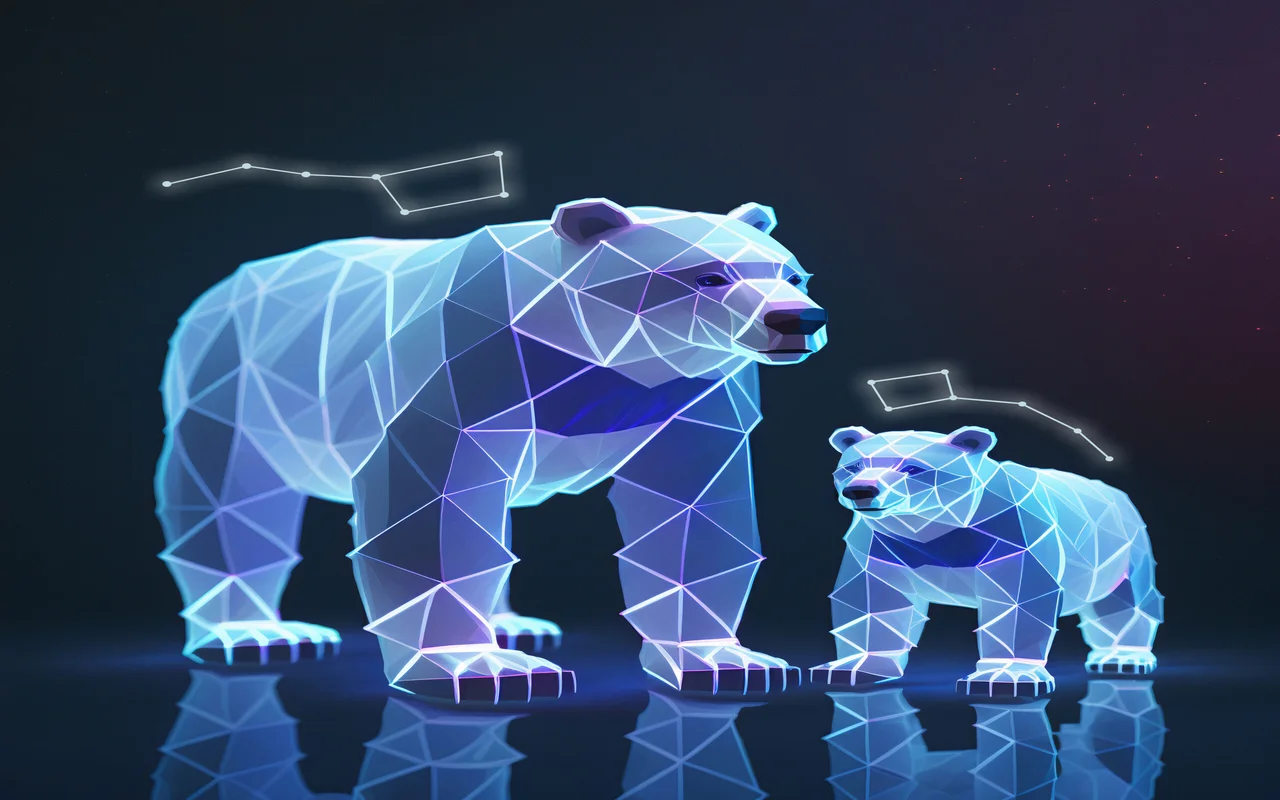
- Tiny facial wrinkles and pores
- Individual strands of hair
- Stitching on clothing
- Surface imperfections like scratches and dents
Low-poly models focus on the essentials:
- Basic shapes and silhouettes
- Simplified features
- Smooth, clean surfaces
- Core elements without the extras
High poly is a super detailed oil painting, while low poly is more like a cool minimalist poster. Both can be beautiful, but they take completely different approaches to showing the same thing!
3. Visual Style
Low-poly art style is used on purpose in a lot of games. For example, blocky looks are part of the fun of hit games like Monument Valley and Minecraft.
| Style Element | High Poly Approach | Low Poly Approach |
| Textures | Highly detailed, multiple layers | Simple, often flat colors |
| Lighting | Complex reflections and shadows | Basic, stylized effects |
| Surfaces | Organic, natural curves | Angular, geometric shapes |
| Goal | “Did that come from a camera?” realism | Distinctive, artistic look |
4. Performance and Speed
High poly models will make your computer work HARD:
- Require high-end graphics cards
- Need tons of RAM (8 GB+)
- Can slow down even powerful systems
- Often impossible to run in real-time
Low-poly models are the speed champions:
- Run smoothly on basic hardware
- Works great on mobile devices
- Rarely cause performance issues
- Perfect for real-time applications
It’s like comparing a highly-priced sports car that needs regular upkeep to a steady, small car that just gets you where you need to go.
5. Rendering Time
The time difference in rendering is HUGE:
High poly rendering times:
- Single still image: 30 minutes to several hours
- Animation frame: 1-24 hours per frame
- Full scene with multiple models: Days or weeks
Low poly rendering times:
- Single still image: Seconds to minutes
- Animation frame: Seconds to minutes
- Full scene: Minutes to hours (or even real-time)
Animation companies have massive render farms because of this; they consist of big computer clusters designed to manage all that high-poly goodness, especially for 3D rendering and 3D animation projects. Low-poly game makers, on the other hand, can often see their changes right away!
6. File Size
File sizes vary dramatically between these approaches. This change in size is very important for downloading, storing, and using memory. No one wants to wait a long time for big files to download, which is why mobile games and web apps almost always use low poly. Plus, the time it takes to make a 3D model is often shorter with low poly, making it ideal for faster production cycles.
| Asset Type | High Poly File Sizes | Low Poly File Sizes |
| Character model | 50MB-1GB | 100KB-5MB |
| Environment piece/Detailed environment | 100MB-5GB+ | 500KB-10MB |
| Complete scene | Can reach 10 GB+ | Usually under 100MB |
7. Ease of Editing
Working with high-poly models is like moving furniture around in a room that is full of things. Dealing with dozens or millions of polygons may make even little changes quite difficult.
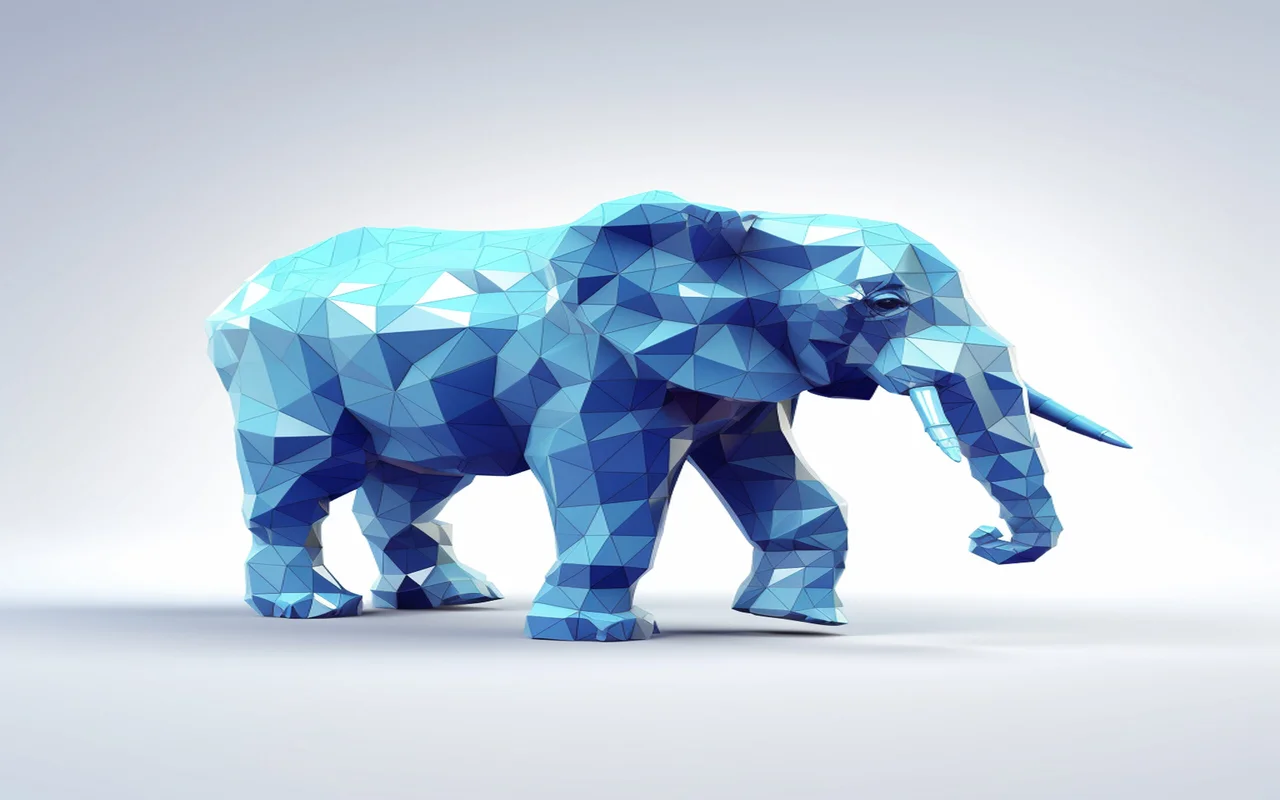
Although low-poly models are very simple to work with! With fewer surfaces, 3D modeling software makes it simpler to select, adjust, and modify elements without disrupting the entire design.
Imagine working with a simple sketch instead of a very detailed painting. In 3D art, the sketch lets you make changes quickly, while the painting needs careful, time-consuming touch-ups.
High poly editing challenges:
- More vertices to select and manipulate
- Changes in one area can affect many others
- Slower software response when making changes
- Require more RAM just to make basic edits
Low-poly editing advantages:
- Cleaner geometry makes selection easier
- Faster software response
- Fewer interconnected parts to worry about
- Changes can be made quickly with immediate feedback
8. Texturing Approach
| Texture Type | High Poly Usage | Low Poly Usage |
| Diffuse Maps | 4K or 8K resolution | 1K or 2K resolution |
| Normal Maps | Often multiple maps | Single baked map |
| Texture Size | 50-200MB total | 5-20MB total |
| UV Mapping | Complex, precise | Simpler, optimized |
High poly models use texture maps like they’re going out of style! We’re talking multiple layers of highly detailed images that handle everything from basic colors to tiny surface bumps. These advanced 3D modeling techniques mean a single model might use:
- Color (diffuse) maps
- Normal maps
- Specular maps
- Displacement maps
- Ambient occlusion maps
- And more!
All these maps together can easily take up 100 MB+ of storage for just one model!
Low-poly models are way more clever about texturing. They often use a technique called “texture baking,” which is taking all the detail from a high poly model and “photographing” it onto a simple texture.
9. Hardware Requirements
If you’re working with high-poly models, you’d better have a serious computer setup! You’re looking at:
| Hardware Component | High Poly Requirements | Low Poly Requirements |
| Graphics Card | Professional graphics card (NVIDIA RTX 3080/4080, AMD Radeon RX 6900 XT) | Mid-range graphics card (NVIDIA GTX 1660, AMD Radeon RX 5600) |
| RAM | 32 GB+ (64GB recommended for complex scenes) | 8-16GB (8GB sufficient for most projects) |
| CPU | High-end CPU (Intel i9-12900K, AMD Ryzen 9 5950X) | Average CPU (Intel i5-10400, AMD Ryzen 5 3600) |
| Storage | Fast SSD storage (NVMe SSD, 2 TB+, 3500+ MB/s read speed) | Standard storage (SATA SSD/HDD, 500 GB+, 550+ MB/s read speed) |
| Software | Specialized 3D software (ZBrush: $895, Maya: $1,785/year, 3ds Max: $1,785/year) | Basic 3D software (Blender: Free, Sketchup: $299/year) |
| System Impact | Can cause significant lag/freezing on average systems | Runs smoothly on most modern computers |
10. Resource Usage
High poly models eat up tons of resources! When running, they’ll hog:
- 70-90% of your GPU power (An RTX 3080 runs super hot at 85%, just showing one detailed character)
- Tons of your RAM (One big detailed area can eat up 12-24GB of memory)
- So much processing power (CPU jumps to 60-80% when figuring out how complex objects move)
- Non-stop disk reading (Big 4K textures need 100-200MB/s constant reading from your SSD)
Low-poly models barely use anything:
- Hardly any GPU power (That same RTX 3080 only uses 10-15% even with lots of low-poly characters)
- Very little RAM (A whole low-poly game level might only need 2-4GB)
- Almost no CPU impact (CPU stays under 20% even with tons of low-poly stuff)
- Super quick loading (A full low-poly level loads in 1-2 seconds instead of 15-30 seconds for high-poly
11. Development Time
Creating high-poly models is a serious time investment:
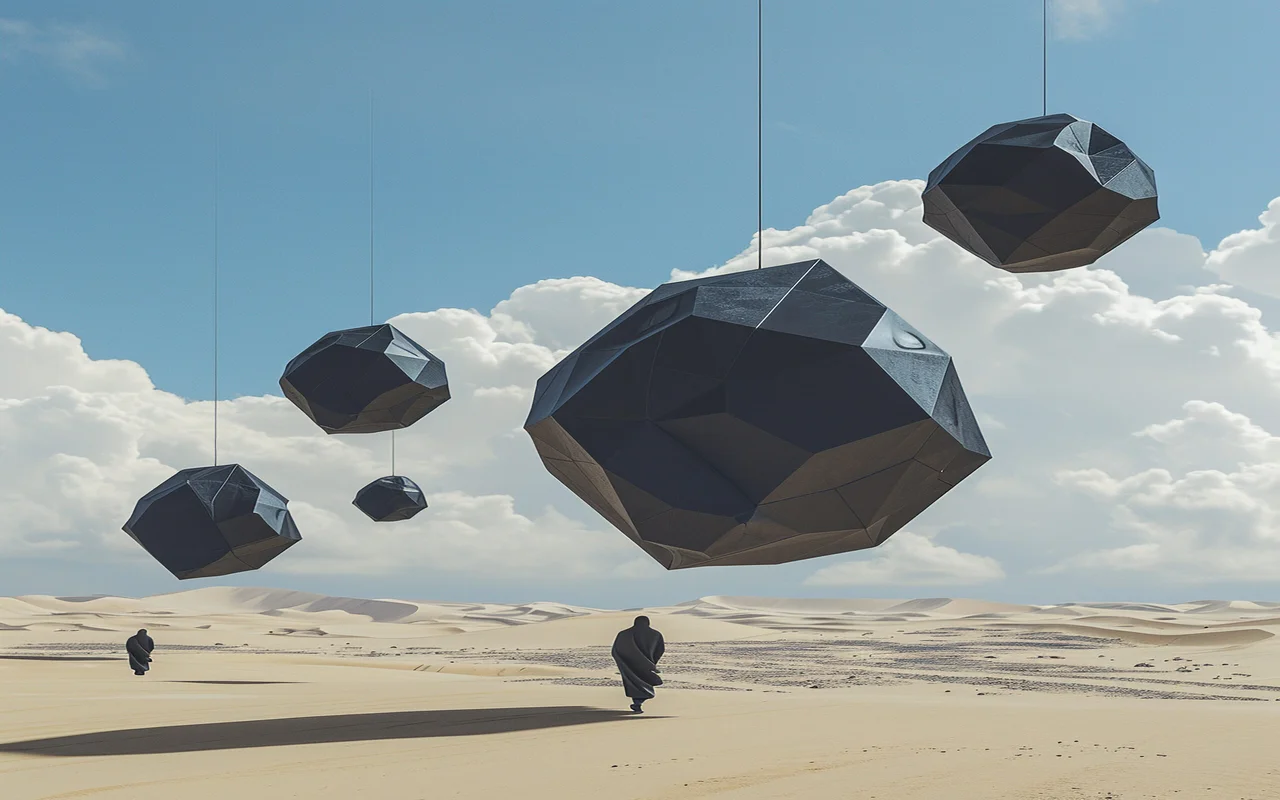
- Concept: 1-2 days
- Basic modeling: 3-5 days
- High poly sculpting: 1-2 weeks
- Retopology: 3-5 days
- UV unwrapping: 2-3 days
- Texturing: 1-2 weeks
- Rigging (if animated): 1-2 weeks
That could take anywhere from 4 to 8 weeks for just ONE character model! It’s all part of the complex 3D game art pipeline, which explains why big games take so long to make.
The process of low-poly creation goes much faster:
- Concept: 0.5-1 day
- Modeling: 1-3 days
- UV unwrapping: 0.5-1 day
- Texturing: 1-3 days
- Rigging (if animated): 2-4 days
You could have a complete character ready in just 5-12 days, which makes a massive difference for tight deadlines or small teams. Plus, the price of 3D character model production tends to be lower with faster turnaround times, making it more budget-friendly for indie developers or startups.
12. Production Cost
High poly production costs can be eye-watering:

- Senior 3D artists: $40-80+ per hour
- Longer development cycles: 4-8 weeks per asset
- Specialized software licenses: $ 1,000- 5,000+ per year
- High-end hardware: $3,000-10,000 per workstation
- Render farm costs: $hundreds per day
For a AAA game with hundreds of models, the 3D asset budget alone can run into millions of dollars, especially when creating high-quality game-ready assets.
Low-poly production is much more wallet-friendly:
- Mid-level artists can handle it: $25-50 per hour
- Shorter timelines: 1-2 weeks per asset
- Free or affordable software options are available
- Standard hardware: $1,000-2,000 per workstation
- No render farm needed in most cases
13. Art Direction Freedom
Artists have a lot more freedom to be artistic with low-poly models. You might think that having fewer shapes would be restricting, but it’s actually very freeing.
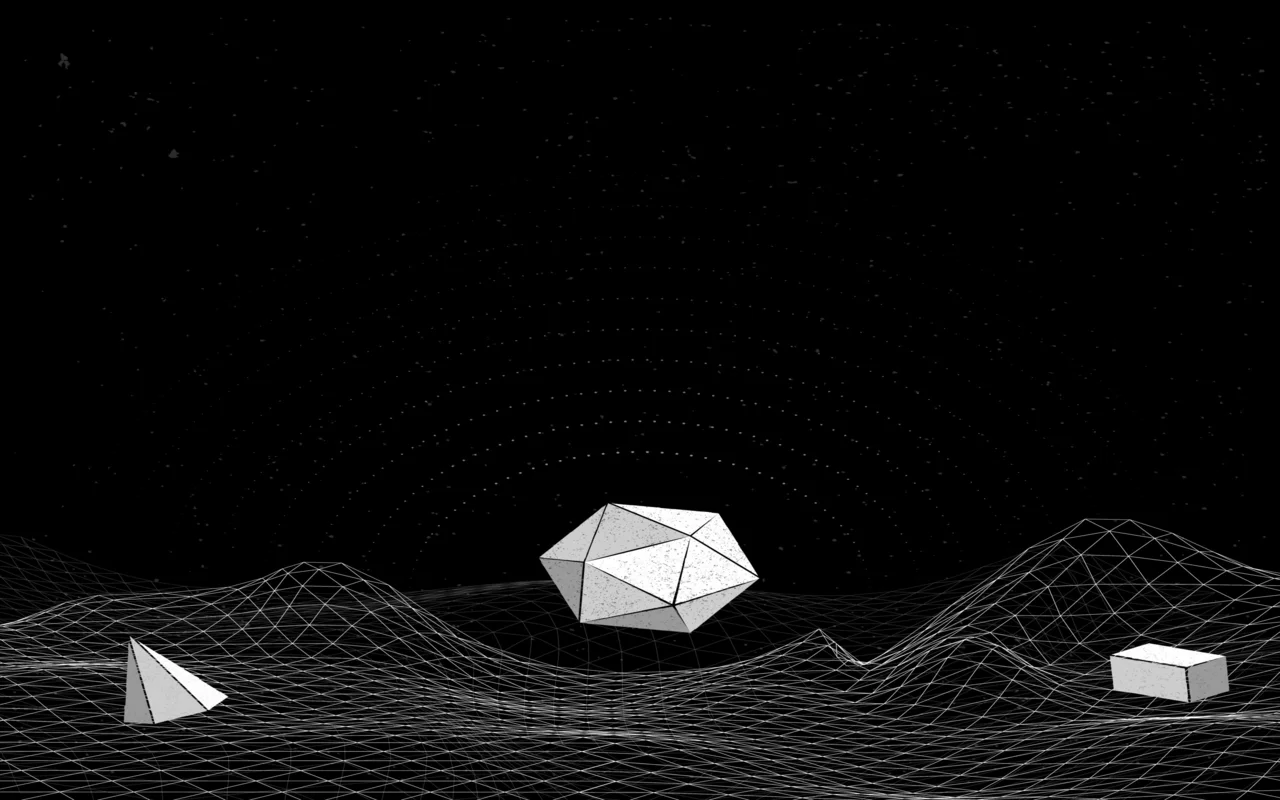
Here are some great examples of low-poly art styles:
- Journey: Used about 2,000-5,000 polygons per character with a flowing, minimalist desert aesthetic
- Monument Valley: Created an impossible architecture style with under 3,000 polygons per scene
- Untitled Goose Game: Embraced simple shapes but added personality through animation
- Among Us: Proved that super simple characters (under 1,000 polygons) can become iconic
14. UV Mapping Complexity
Similar to wrapping a present, UV mapping is a way to add a flat pattern to a 3D model. When you work with high-poly models, you have to fit thousands or even millions of polygons onto a flat ground area without stretching or covering them.
Meanwhile, low-poly UV mapping is a lot easier to do. Now that you don’t have to think about as much modeling, it’s much easier to apply patterns, and the gaps will be better.
| Model Type | UV Mapping Time | Texture Sheets Needed | Common Issues |
| High Poly | 8-12 hours | Multiple 4K sheets | Stretching, overlapping, seams |
| Low Poly | 1-2 hours | Single 2K sheet | Minor distortion, easier fixes |
Last Words
Always remember that you don’t have to pick just one method! Seriously, a lot of developers start by making a high-poly model and then use it to “bake” beautiful graphics onto a low-poly model. This way, they get the best of both worlds.
You’ll get the stunning features of high poly while also getting the speed benefits of low poly. Also, current game systems are getting really good at showing methods like normal mapping that make simple models look like they have a lot more detail than they really do.
